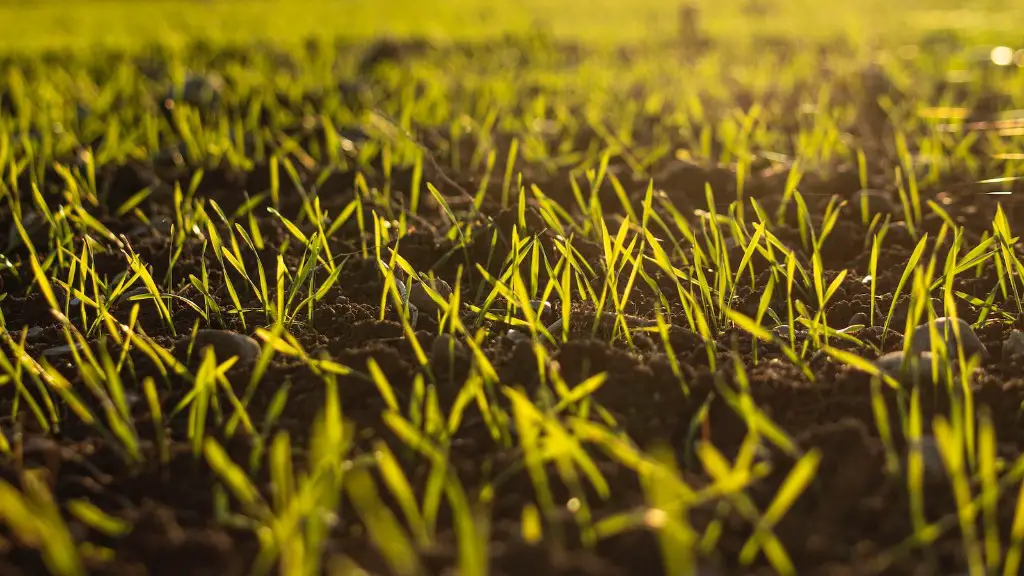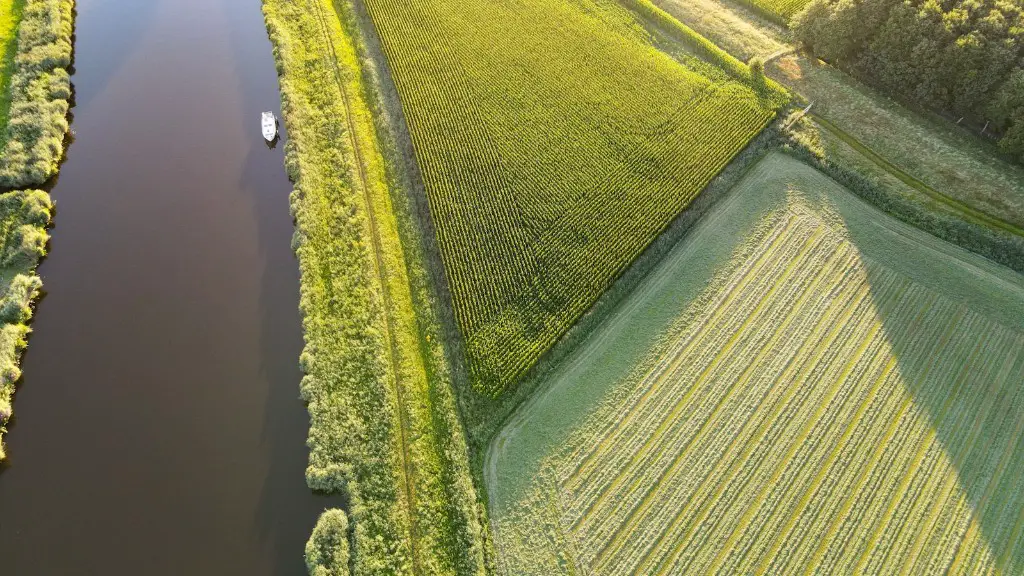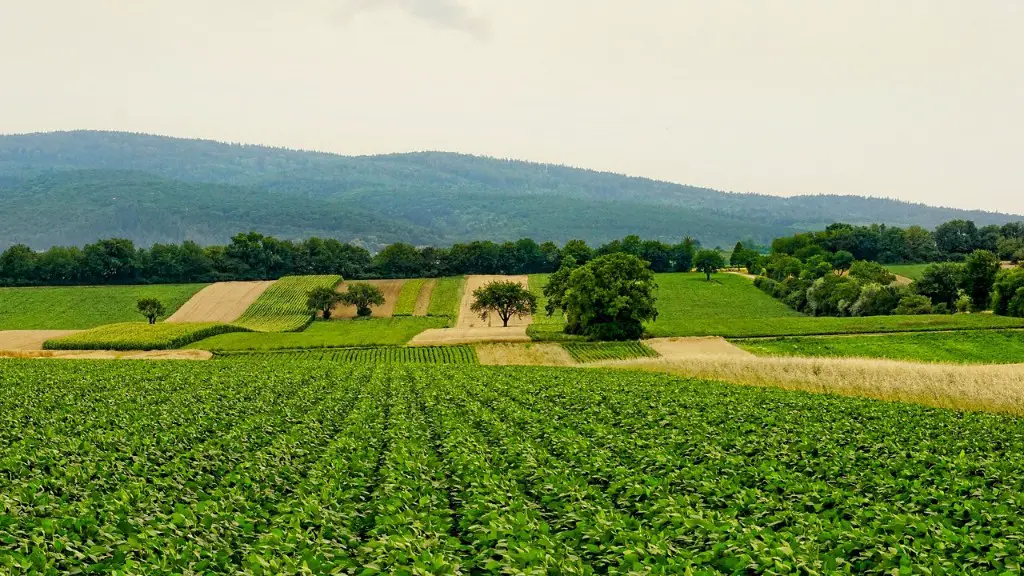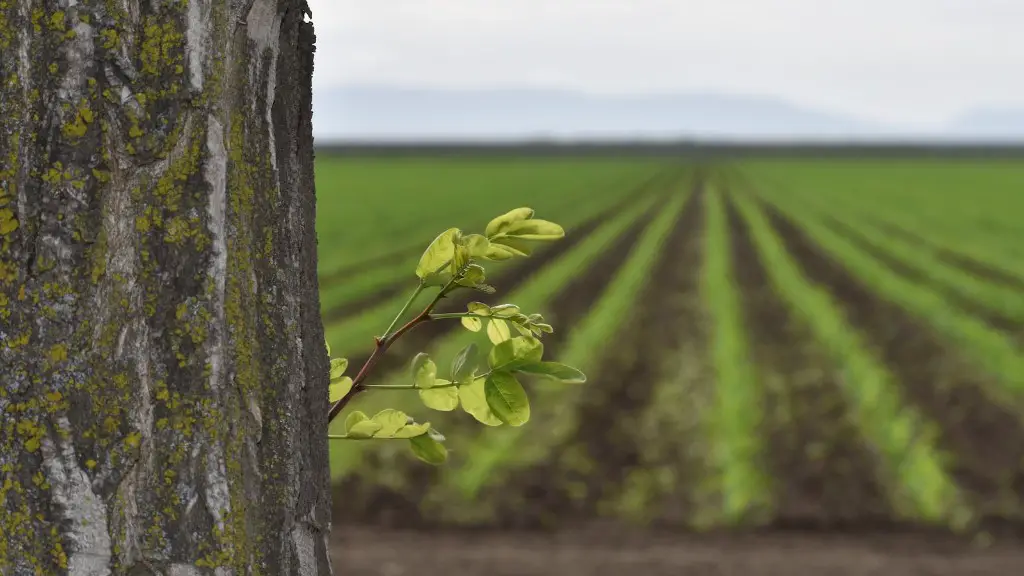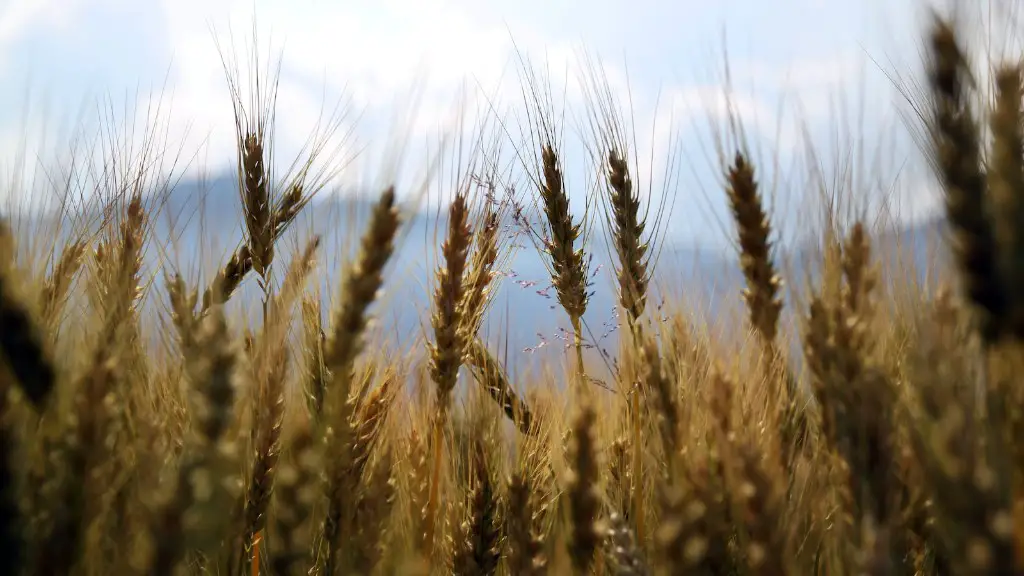In order to build a more sustainable and resilient food system, we need to rethink the way we produce our food. Resilient agriculture is an approach to food production that takes into account the changing environment and the need for increased food security. It is based on the principles of agroecology and supports the use of local resources, traditional knowledge, and ecological processes. Resilient agriculture has the potential to provide food for all, while also protecting and enhancing the natural resources that we rely on.
“Resilient agriculture” is a term used to describe farming practices that are designed to help farmers adapt to, and recover from, adverse conditions such as drought, floods, and other natural disasters. Resilient agriculture includes a variety of strategies such as using drought-resistant crops, planting cover crops, and diversifying crop production.
What is agricultural resilience?
Agricultural resilience is about farmers being able to adapt to different types of shocks and stresses to their agricultural production and livelihoods. Some shocks are short-term, like a sudden drought, while others are long-term, like slowly declining soil fertility. And some shocks are more severe, like a devastating flood, while others are less severe, like a milder drought. But all of these shocks and stresses can have a significant impact on farmers’ ability to farm, and so it’s important for farmers to be prepared for them. There are many ways to build agricultural resilience, such as diversifying crops and investing in irrigation and other infrastructure. But ultimately, it’s up to each farmer to decide what works best for them, based on their specific circumstances.
There are three well-known recognized crops for its resiliency to extreme weather conditions. These crops are quinoa, millet and sorghum. They are known to withstand harsh conditions like drought and high temperatures. These crops are also rich in nutrients and are a good source of food security.
What are the types of agriculture
In less developed regions, people typically engage in subsistence agriculture, which involves growing just enough food to feed oneself and one’s family. In more developed regions, people engage in commercial agriculture, which involves growing crops or raising animals for sale. Commercial agriculture is typically more efficient than subsistence agriculture, as it allows farmers to specialize in one or two crops and to use machinery and other technology to increase production.
Nature-based solutions like planting trees and installing green roofs can help mitigate extreme heat, especially in historically marginalized communities. Such actions are important in these communities because climate impacts can exacerbate existing inequalities.
Why is resilience important in agriculture?
Agricultural livelihoods are the backbone of many communities around the world. They provide food and income for families and help to sustain local economies. However, they are also often at the mercy of the elements, with droughts, floods, and other natural disasters posing a constant threat.
That is why resilience is so important. By definition, resilience is the ability to bounce back from adversity. It is what allows us to keep going even when times are tough.
For agricultural livelihoods, resilience means being able to weather the bad times and still emerge productive and prosperous. It is about having the ability to adapt to changing conditions and to continue to provide for those who depend on them.
Making sustainable development a reality will require that we build resilience into our agricultural systems. We must make them more productive and risk-sensitive so that they can continue to feed present and future generations.
Building soil carbon, reducing erosion, and increasing water retention capacity of soil are important factors that improve resilience. Soil testing for balanced nutrient application and improved application techniques can lead to synergy in crop requirements and emission reduction.
What is the most resilient grain?
Wheat is an incredibly versatile and resilient crop, able to grow in a wide range of climates and environments. It is the most widely planted crop in the world, covering more of the earth’s surface than any other crop. Wheat is a staple food in many cultures, and is an important source of nutrition for billions of people around the world.
Vegetables that can withstand heavy frost include spinach, Walla Walla sweet onion, garlic, leeks, rhubarb, rutabaga, broccoli, kohlrabi, kale, cabbage, chicory, Brussels sprouts, corn salad, arugula, fava beans, radish, mustard, and Austrian winter pea.
What is the most resilient plant on earth
Welwitschia is a fascinating and unique plant that has adapted to thrive in the dry and hostile environment of the Namib desert. This plant is a true survivor, with a lifespan of up to 2000 years, and has an incredibly resilient root system that helps it to survive in even the most extreme conditions. If you ever have the chance to see a Welwitschia up close, it is definitely worth a visit!
The four main types of Agriculture are Shifting Cultivation, Subsistence Farming, Pastoralism, and Intensive Farming.
Shifting cultivation is the most primitive form of agriculture and is still practiced in some parts of the world. It involves clearing a piece of land and planting crops on it for a few years until the land becomes depleted of nutrients. The farmers then move on to another piece of land andrepeat the cycle.
Subsistence farming is practiced in many parts of the world and is the main form of agriculture in some countries. It involves growing crops and raising livestock for the sole purpose of providing for the needs of the farmer and their family. There is little or no surplus produced for sale.
Pastoralism is a form of agriculture that focuses on raising livestock. It is practiced in many parts of the world, often in areas where the climate is too harsh for crop production. Pastoralists may move their herds to different areas to find grazing land and water.
Intensive farming is a form of agriculture that employs large amounts of labor and capital in order to produce high yields. It is practiced in many parts of the world and is the main form of agriculture in developed countries.
What are the 7 types of agriculture?
The different types of farming are as follows:
1. Dairy Farming
2. Commercial Farming
3. Plantation Farming
4. Commercial grain farming
5. Commercial mixed farming
6. Primitive subsistence farming
7. Intensive subsistence.
Agriculture is a vital sector that covers a huge area of activity, from production and research to development and farming. It is the science or function of farming, involving the cultivation of the land for growing crops and the rearing of animals to provide food, wool, and other products. Agriculture is vital for the economy and for food security, and it plays a key role in environmental protection.
What is an example of climate resilient crops
It is important to have a variety of drought-tolerant crops in order to ensure food security in times of drought. These include a drought-tolerant variety of chickpea, wilt and sterility mosaic resistant pigeon pea, early maturing variety of soybean, disease-resistant varieties of rice and biofortified varieties of wheat, pearl millet, maise and chickpea, quinoa, buckwheat, winged bean and faba bean.
Resilience is the ability to bounce back from setbacks or challenges. It is comprised of these five elements: community, compassion, confidence, commitment, and centering.
Community refers to the support system that surrounds an individual. This could be family, friends, or even a community group. Having a strong community can help an individual weather any storm.
Compassion is the ability to understand and empathize with others. When someone is going through a tough time, compassion can be a very powerful tool. It can help to build bridges and create a sense of understanding.
Confidence is the belief in oneself. It is the ability to face challenges head-on and know that you have the strength to overcome them.
Commitment is the dedication to something, whether it be a goal, a person, or a cause. It is the drive to see things through, no matter how difficult they may be.
Centering is the act of finding peace within oneself. It is the ability to calm the mind and find inner strength. When we are centered, we are better able to face whatever challenges come our way.
What is an example of a resilient ecosystem?
Resilience is the ability of an ecosystem to withstand disturbance and rebound back to its original state. An example of ecological resilience is an ability of an aquatic ecosystem, like a lake, to maintain its biological organization and structure despite increased nutrients from the runoff of a storm.
There is no one-size-fits-all answer when it comes to building resilience, but there are some general tips that can help. First, get connected with loved ones and friends. These positive relationships can provide invaluable support during difficult times. Secondly, make every day meaningful by learning from your experiences and remaining hopeful. Finally, take care of yourself by being proactive and making positive choices in your life.
What are the 4 types of resilience
Resilience is the capacity to recover quickly from difficulties. It is the ability to bounce back from setbacks and hardships.
There are four types of resilience: physical, mental, emotional and social.
Physical resilience is the ability to physically recover from a setback or hardship. This could involve things like bouncing back from an injury or illness, or enduring a difficult physical challenge.
Mental resilience is the ability to mentally recover from a setback or hardship. This could involve things like overcoming anxiety or depression, or dealing with a difficult situation.
Emotional resilience is the ability to emotionally recover from a setback or hardship. This could involve things like dealing with a relationship break-up or the death of a loved one.
Social resilience is the ability to socially recover from a setback or hardship. This could involve things like dealing with exclusion from a social group or the loss of a job.
Resilience is a critical life skill that helps us cope with trauma, adversity, and hardship. Resilient people utilize their resources, strengths, and skills to overcome challenges and work through setbacks. By developing resilience, we can build our emotional strength and fortitude to face life’s challenges head-on.
Conclusion
Resilient agriculture is a type of agriculture that is able to withstand and recover from environmental and economic stresses. Resilient agriculture is often diversified, using a combination of crops and animals to reduce the risk of failure from any one particular stressor.
resilient agriculture aims to build an agricultural system that is able to withstand and recover from shocks, such as extreme weather events, pests, and market fluctuations. A resilient agricultural system is one that is diverse, efficient, and adaptable.
